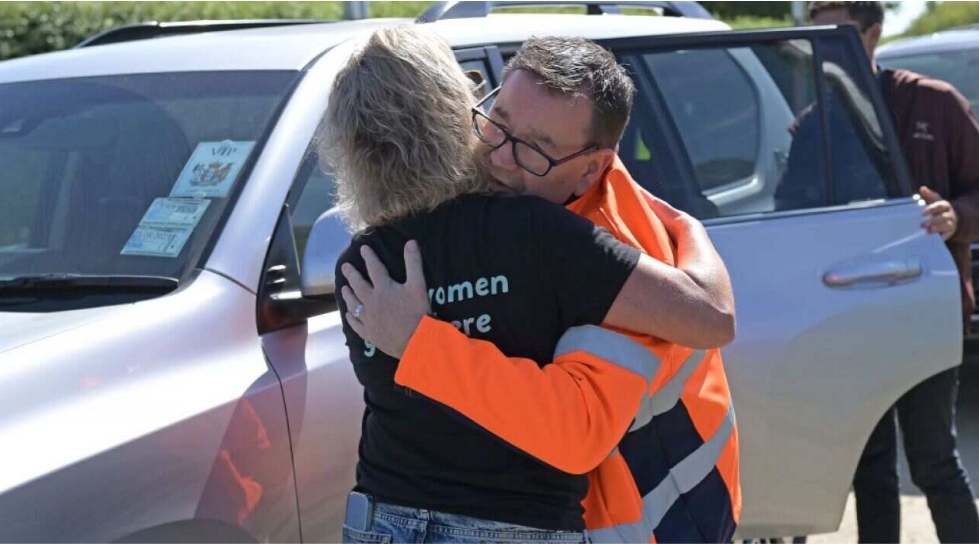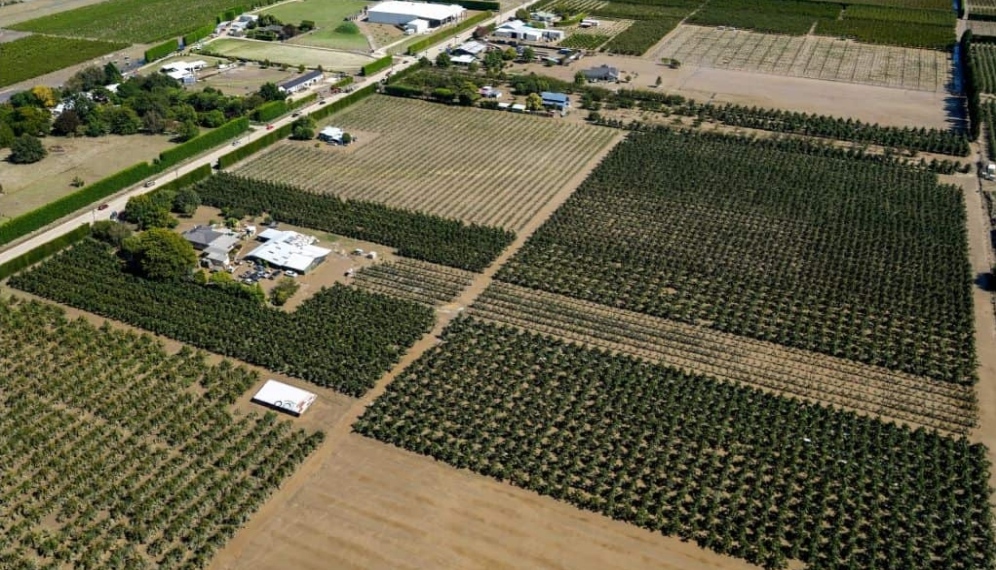Cyclone Gabrielle lashes New Zealand, thousands uncontactable, death toll rises
Authorities are racing to restore power, communication lines and roads, and warn some residents may have to wait “weeks”.

Cyclone Gabrielle has caused widespread destruction across New Zealand’s North Island with towns cut off and thousands without power.
New Zealand has recorded two new deaths from Cyclone Gabrielle as the death toll climbs to at least 11.
Thousands remain uncontactable due to severed communications links and power outages, with rescue and recovery teams hard at work visiting properties to account for people.
Large swathes of the North Island have been severely impacted by the cyclone, from the northernmost region of Northland to the Wairarapa, to Wellington’s east.
Police reported two deaths on Sunday morning, both in the hardest-hit Hawke’s Bay region.
An investigation is ongoing into a death in Crownthorpe, outside Hastings, reported on Saturday night, while police confirmed a death in the Napier suburb of Onekawa, which occurred on Thursday.
In both circumstances, police believe the deaths were related to Gabrielle, New Zealand’s worst storm this century.
Of the 11 people confirmed dead to date, eight were from Hawke’s Bay.
Two are volunteer firefighters who died attending a house in Muriwai, in Auckland’s west, while another died in floodwaters in Te Karaka, north of Gisborne.
About 1,500 people, most of them from Hawke’s Bay, are staying in refuges.
On Saturday, police said 5,608 reports of uncontactable people had been lodged, with 1,196 people registering their safety.
Grave fears are held for a small number of people.
Cyclone Gabrielle formed in the Coral Sea on 6 February, passing directly over Norfolk Island as a category-two tropical cyclone and keeping its ferocity as it reached New Zealand.
Severe gales of up to 160km/h and 48-hour rainfall equivalent to a whole summer in many areas have brought widespread destruction.

New Zealand is under a national state of emergency after Cyclone Gabrielle bore down on its northern coast on 12 February.
In the week since, authorities have raced to restore power and communication lines, roads and visit properties in flooded or cut-off areas.
More than 62,000 households remain without power — including 40,000 in Hawke’s Bay — down from the peak of more than 225,000.
Union Group chief executive Ken Sutherland said he expected Napier to have its power restored by Tuesday but regional areas might have to wait “weeks”.
“There is quite extensive damage. You’ve got trees in lines, you’ve got flooding, you’ve got access issues, so this is a long game,” Mr Sutherland said, according to news outlet Stuff.
The New Zealand government expects Cyclone Gabrielle to come with a bill of more than $10 billion ($A9.1 billion), rivalling the costs of the 2011 Christchurch earthquakes.
Foreign Minister Grant Robertson has foreshadowed a complete re-write of the budget, due in May, to factor in the long, costly recovery from the storm.
Mr Robertson told TVNZ the government appreciated the scale of the crisis.
“It’s going to be the biggest weather-related event this century and it will have a multi-billion dollar price tag,” he said.



